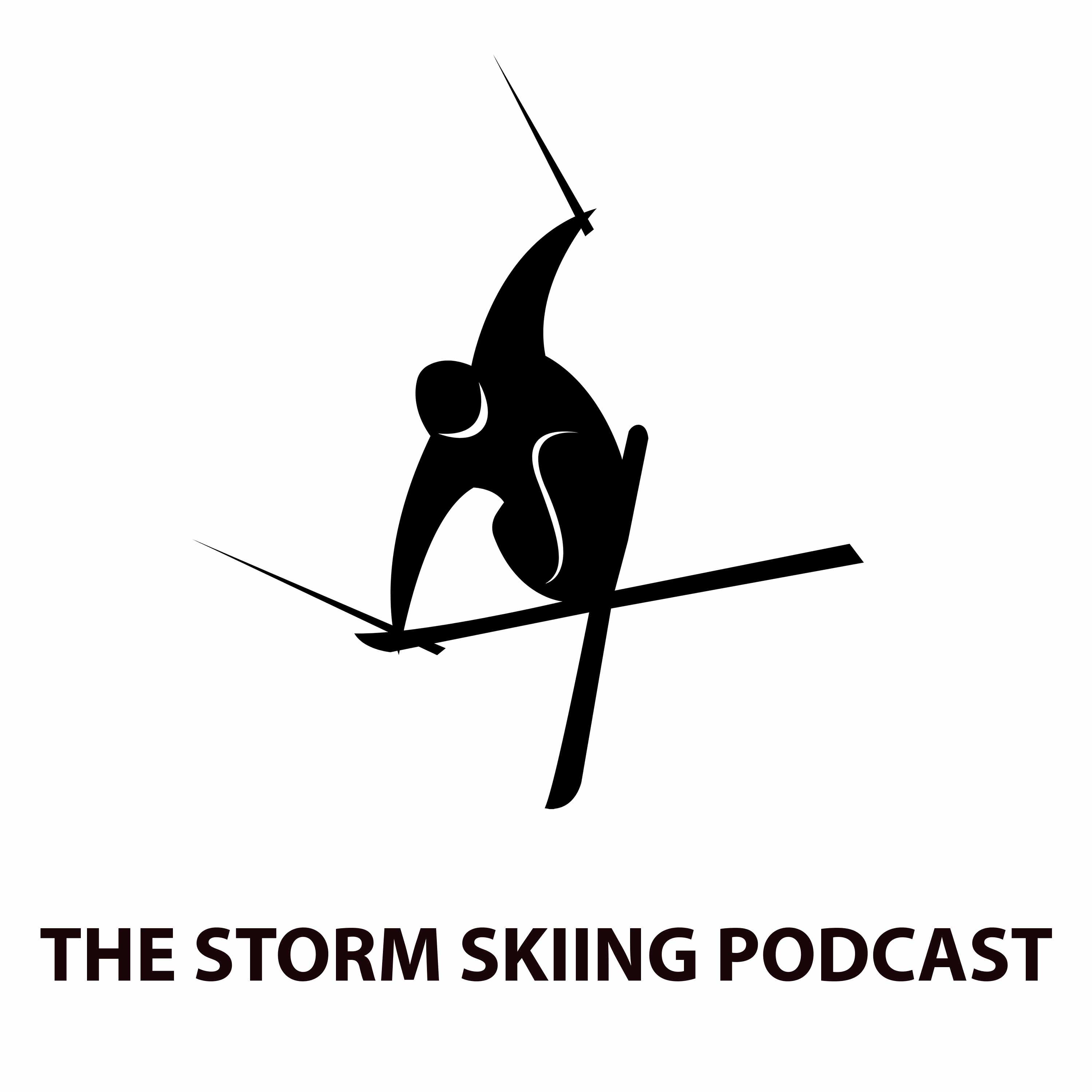Podcast #174: Blue Knob, Pennsylvania Owners & Management
Description
This podcast hit paid subscribers’ inboxes on June 4. It dropped for free subscribers on June 11. To receive future pods as soon as they’re live, and to support independent ski journalism, please consider an upgrade to a paid subscription. You can also subscribe to the free tier below:
Who
* Scott Bender, operations and business advisor to Blue Knob ownership
* Donna Himes, Blue Knob Marketing Manager
* Sam Wiley, part owner of Blue Knob
* Gary Dietke, Blue Knob Mountain Manager
Recorded on
May 13, 2024
About Blue Knob
Click here for a mountain stats overview
Owned by: Majority owned by the Wiley family
Located in: Claysburg, Pennsylvania
Year founded: 1963
Pass affiliations: Indy Pass and Indy+ Pass – 2 days, no blackouts (access not yet set for 2024-25 ski season)
Closest neighboring ski areas: Laurel (1:02), Tussey (1:13), Hidden Valley (1:14), Seven Springs (1:23)
Base elevation: 2,100 feet
Summit elevation: 3,172 feet
Vertical drop: 1,072 feet
Skiable Acres: 100
Average annual snowfall: 120 inches
Trail count: 33 (5 beginner, 10 intermediate, 4 advanced intermediate, 5 advanced, 9 expert) + 1 terrain park
Lift count: 5 (2 triples, 2 doubles, 1 carpet – view Lift Blog’s inventory of Blue Knob’s lift fleet)
Why I interviewed them
I’ve not always written favorably about Blue Knob. In a state where shock-and-awe snowmaking is a baseline operational requirement, the mountain’s system is underwhelming and bogged down by antiquated equipment. The lower-mountain terrain – Blue Knob’s best – opens sporadically, sometimes remaining mysteriously shuttered after heavy local snows. The website at one time seemed determined to set the world record for the most exclamation points in a single place. They may have succeeded (this has since been cleaned up):
I’ve always tried to couch these critiques in a but-damn-if-only context, because Blue Knob, considered purely as a ski area, is an absolute killer. It needs what any Pennsylvania ski area needs – modern, efficient, variable-weather-capable, overwhelming snowmaking and killer grooming. No one, in this temperamental state of freeze-thaws and frequent winter rains, can hope to survive long term without those things. So what’s the holdup?
My goal with The Storm is to be incisive but fair. Everyone deserves a chance to respond to critiques, and offering them that opportunity is a tenant of good journalism. But because this is a high-volume, high-frequency operation, and because my beat covers hundreds of ski areas, I’m not always able to gather reactions to every post in the moment. I counterbalance that reality with this: every ski area’s story is a long-term, ongoing one. What they mess up today, they may get right tomorrow. And reality, while inarguable, does not always capture intentions. Eventually, I need to gather and share their perspective.
And so it was Blue Knob’s turn to talk. And I challenge you to find a more good-natured and nicer group of folks anywhere. I went off format with this one, hosting four people instead of the usual one (I’ve done multiples a few times before, with Plattekill, West Mountain, Bousquet, Boyne Mountain, and Big Sky). The group chat was Blue Knob’s idea, and frankly I loved it. It’s not easy to run a ski area in 2024 in the State of Pennsylvania, and it’s especially not easy to run this ski area, for reasons I outline below. And while Blue Knob has been slower to get to the future than its competitors, I believe they’re at least walking in that direction.
What we talked about
“This was probably one of our worst seasons”; ownership; this doesn’t feel like PA; former owner Dick Gauthier’s legacy; reminiscing on the “crazy fun” of the bygone community atop the ski hill; Blue Knob’s history as an Air Force station and how the mountain became a ski area; Blue Knob’s interesting lease arrangement with the state; the remarkable evolution of Seven Springs and how those lessons could fuel Blue Kn
More Episodes
Published 11/17/24
Published 11/12/24


